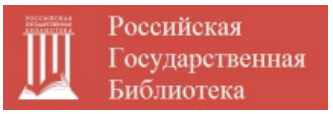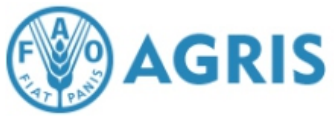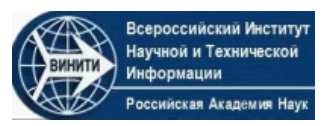On the interpretation of the inscriptions of vessel No. 1 from the Oshad mound of the Maikop culture
A.K. Vorokov
Upload the full text
Abstract. This work is devoted to the next deciphering of the inscriptions of the silver vessel No. 1 from the Oshad mound of the Maikop culture (IV BC). Linguistic analysis of pictograms at all three levels of the vessel reveals the semantics and etymology of inscriptions, in which the Khatto-Adyghe-Abkhazian speech fits seamlessly in word forms and syntactic structure of phrases and sentences consistent with the Adyghe grammar. Typologically, inscriptions represent a complex system of the final stage of pictorial writing, which precedes the formation of subsequent types of writing. Here, individual, composite elements of images that were provided by the ancient author, but were not reflected in modern drawings, are taken into account and considered in detail. The methodological approaches of the research are based on the principle of historicism, using the comparative historical method, linguistic and glottochronological retrognostics, in comparison with scientific historical data and facts.Derivative information is extracted on the basic, linguistic basis of semantically interrelated characteristics and descriptions of pictographic images, in visual and contextual aspects that complement each other. The same concepts of the ancient author can be derived in different ways, which confirms the validity of the interpretations with additional argumentation. In some cases, relevant, word-forming lexical and sound elements (words, morphemes, syllables, phonemes) are highlighted in bold italics or presented in Cyrillic transcription for clarity.
Keywords: the Khatto-Adyghe language, the mixed nature of writing, variability of semantically interrelated readings, cults of the god – Tha, the goddess of waters – Psytha, leader-military commander – Uar-Khatu
For citation. Vorokov A.K. On the interpretation of the inscriptions of vessel No. 1 from the Oshad mound of the Maikop culture. News of the Kabardino-Balkarian Scientific Center of RAS. 2024. Vol. 26. No. 5. Pp. 230–250. DOI: 10.35330/1991-6639-2024-26-5-230-250










